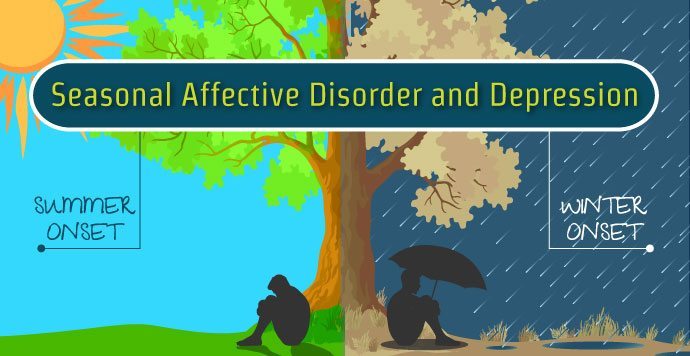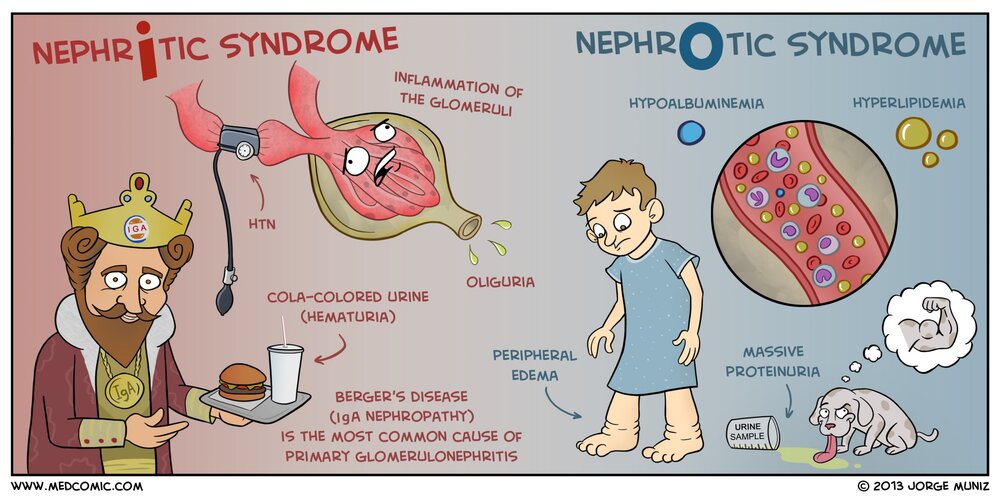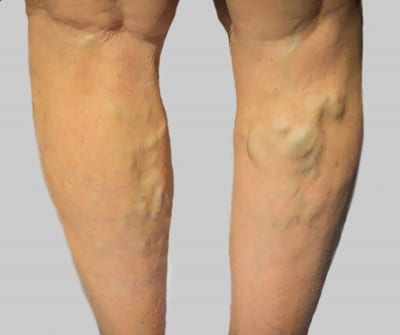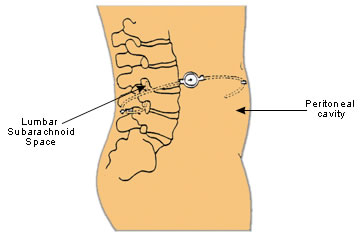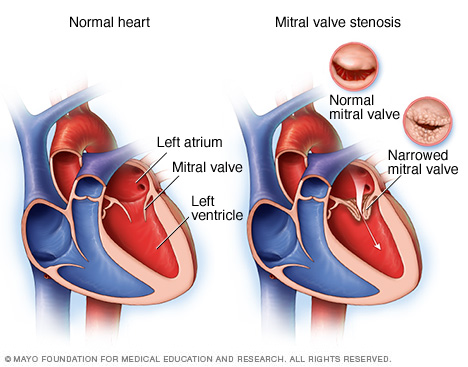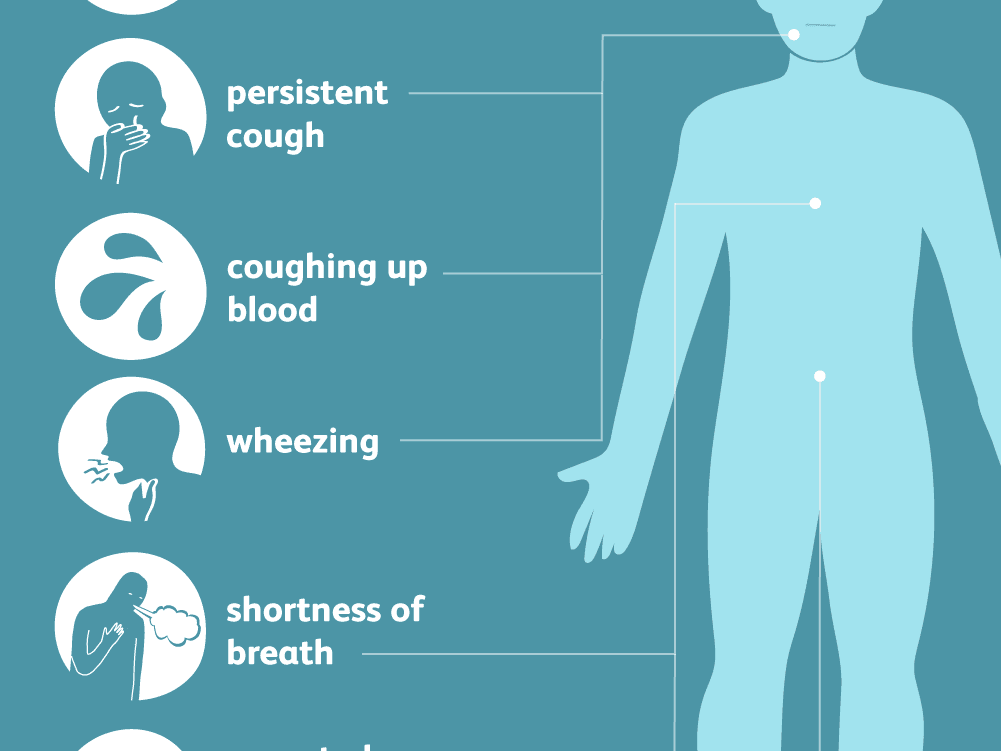
Metastatic cancer is an organism's metastasis from a primary or second site in the body to another or a third site, generally a metastatic tumor. The word metastasis is often used by a cancerous tumor when referring to metastasis, an early symptom of cancer. When a primary tumor is present, metastatic tumors often accompany it.
The new abnormal sites, also known as metastases, are metastatic tumors
A metastatic tumor arises when a tumor travels to an area other than the original site. It is not always a tumor, because sometimes the tumor cells can spread by invading the healthy tissues.
Metastatic cancers that have spread to an additional or third site in the body, especially if the primary cancer has spread to multiple locations, can be extremely dangerous. Metastatic cancers may grow larger than the primary tumor, causing even greater damage in the patient. Although most metastatic cancers are not fatal, they can still cause a lot of pain and disability.
Early detection is the key to preventing and treating metastatic cancers. It is also the key to preventing the recurrence of the primary tumor or cancer. There are several ways of detecting metastasis:
Abnormal cell migration: Sometimes, tumor cells are able to invade surrounding tissues before metastasis takes place. Such invasive metastases can travel into the bloodstream and affect several organs at once. If the tumor cells are able to invade other organs, the tumor may spread rapidly. This is called metastatic edema.
Progression of the disease: Some of the metastatic tumor cells may undergo mutations. These mutations can lead to further metastasis, or else they can lead to a metastatic tumor that is resistant to treatment. Such mutations may be associated with metastatic spread in the body's blood stream. Thus, the disease may not have yet progressed to the point of metastasis in the tumor cell's blood stream.
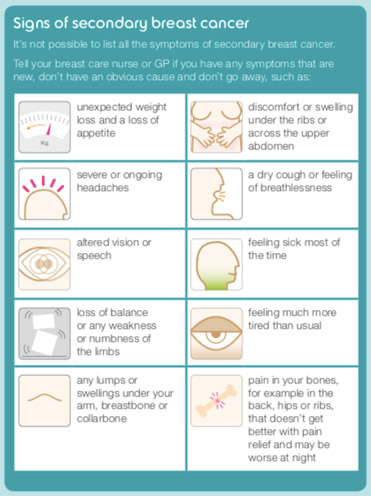
Eruption of the tumor: Sometimes, the tumor may rupture and migrate into the bloodstream or into the internal organs. Such cases are called metastatic rupture. This process may allow the cancer cells to get inside the organs, causing infection, or other health problems.
Invasive lesions: Sometimes, the cancer cells may penetrate the skin and enter into the body's tissue. This may cause significant harm to the healthy tissue. In most cases, the damaged cells may be unable to reproduce and may disappear or disperse on their own, leaving behind lesions. Sometimes, however, the tumor cells may have sufficient ability to proliferate and grow into new malignant cells. Such lesions are known as metastatic lesions.
Cell Death: The number of cells that die during the course of the tumor may differ from individual to individual and may vary depending on the state of health. Sometimes, the death rate is greater than normal. Such abnormalities may result in the growth of new metastatic tumors. This may occur even after the primary tumor has been removed. However, the occurrence of metastatic death of cancer cells is not the same throughout the entire spectrum of metastatic cancer.
Blood Supply: It is difficult to diagnose the presence of metastatic cancer without the presence of tumor markers
Such markers can be used as part of an initial diagnosis or to help confirm the diagnosis. If the metastasis is not detected, it may not be possible to determine whether or not the tumor cells have entered the bloodstream.
Other Aspects of Metastatic Cancer: In some patients, other symptomatic conditions may occur, such as fever, pain, fatigue, vomiting, abdominal bloating, changes in weight and appetite, nausea, or fatigue, and abdominal pain. These symptoms may be mistaken for those of benign prostatic hyperplasia (BPH). Some patients may have no symptoms. Some patients may have symptoms, but they are so severe that they interfere with their quality of life. The existence of such symptoms does not necessarily mean that the cancer has spread.
Many patients with metastatic cancer will experience pain while urinating or during the early stages of the disease. Pain can also occur during the recovery phase of the disease. In most cases, it is impossible to make the diagnosis of metastatic cancer through ultrasound. However, there are some exceptions. When pain persists after the treatment of the primary tumor has started, it may indicate that the cancer cells have already penetrated the urinary tract.
The early stages of the disease often cause little pain. However, when pain occurs later on, it may indicate that the cancer cells have traveled to another organ. The detection of early symptoms and signs of metastasis will allow the physician to give the best possible treatment to prevent the spread of the cancer.
